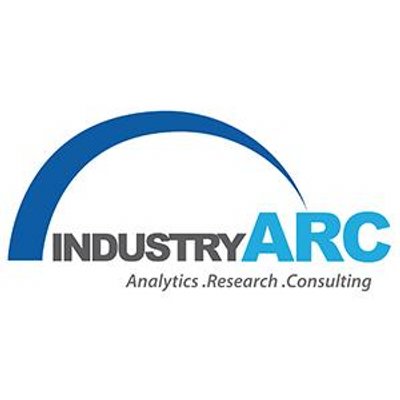The Battery Separators market size is forecast to reach US$11.9 billion by 2027 after growing at a CAGR of 11.2% during the forecast period 2022-2027. Battery separators provide a barrier between the anode and the cathode of a battery to prevent electrical short circuits. The separator materials must be thin, porous, mechanically durable, chemically stable and electrically resistant. Most of the separators used to consist of a polymeric membrane forming a microporous layer. Commercially available lithium-ion batteries use polyolefin as a separator. Polyolefins are made from polyethylene, polypropylene or laminates of both materials. Polyimide separators are poised to be the best choice for high-end lithium-ion batteries. The growing popularity of electric vehicles drives the battery separators market. The surge in the demand for consumer electronics also acts as a driver.
Report Coverage :
The report: “Battery Separators Market Report – Forecast (2022-2027)” by IndustryARC, covers an in-depth analysis of the following segments in the battery separators industry.
By Product : Microporous Separators (Polyethylene, Polypropylene and Others), Nonwovens (Nylon, Polyester and Others), Ion Exchange Membranes, Polymer Film (Polyethylene, Cellulose and Others) and Others
By Battery Type : Aqueous Battery Systems (Lead Acid Battery; Zinc Batteries- Zinc Carbon, Silver-Zinc, Zinc-Bromine and Others; Nickel Batteries- Nickel Metal Hydride, Nickel Cadmium; and Others) and Non-Aqueous Battery Systems (Lithium-Ion batteries)
By Application : Automotive (Passenger Vehicles, Light Commercial Vehicles and Heavy Commercial Vehicles), Consumer Electronics (Smartphones, Computers & Laptops, Cameras, Calculators, Watches and Others), Aerospace & Defense (Aircraft, Satellites, Spacecraft and Others), Industrial, Medical (Robots, Hearing Aids, Implants and Others) and Others
By Geography : North America (USA, Canada and Mexico), Europe (UK, Germany, France, Italy, Netherlands, Spain, Denmark, Belgium and the Rest of Europe), Asia-Pacific (China, Japan, India, South Korea, Australia and New Zealand, Indonesia, Taiwan, Malaysia and Rest of APAC), South America (Brazil, Argentina, Colombia, Chile and Rest of South America), Rest of the World (Middle East and Africa)
Key Takeaways :
The Asia-Pacific region dominates the battery separators industry on account of the automotive and electronics industries in the region. According to India Brand Equity Foundation, the electronics industry size is expected to cross US$300-350 billion by 2025.
The market for microporous polymeric membrane separators has registered a spike in growth since the commercialization of lithium-ion batteries.
Conventional separators using polypropylene and polyethylene are prone to shrinkage and melting at 150 °C or above which may cause short circuits. Separators made of thermally stable polyimides are electrochemically stable and resistant to high temperatures and possess good mechanical strength, making them highly suitable for lithium-ion batteries.
The major opportunity for this market is the increasing R&D for new materials for battery separators.
Recent Developments :
In May 2021, ENTEK International acquired Nippon Sheet Glass Group’s battery separator business. With this strategic acquisition, ENTEK becomes the only separator manufacturer in the world producing all three primary separator technologies (PE, AGM and lithium separators) for the global energy storage industry.
In March 2021, SK Innovation Co. announced an investment of approximately US$1 billion to add two EV-focused battery separator plants in Poland.
In June 2020, Microporous LLC announced its newest and most technically advanced lead-acid battery separator manufacturing facility is fully operational. The new facility triples Microporous polyethylene separator capacity in the U.S.

